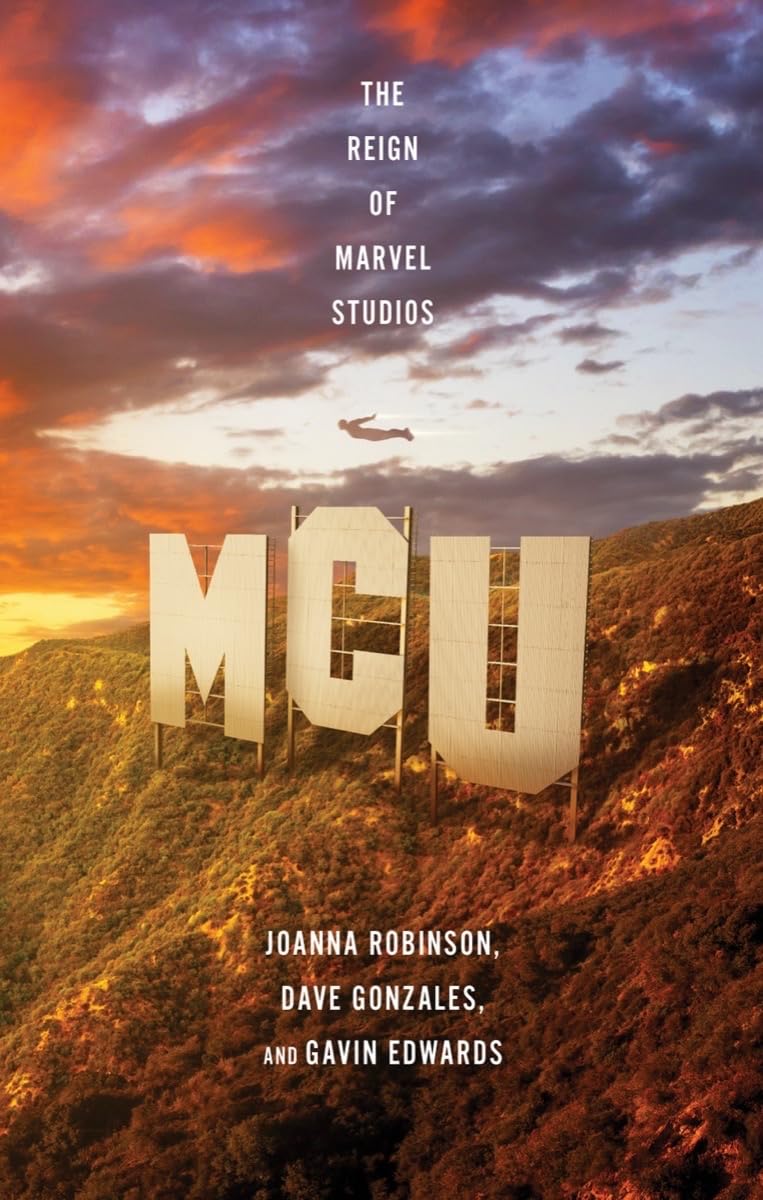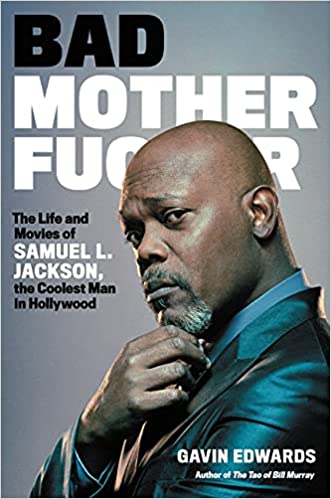Lenny Kravitz
Lenny Kravitz has been depressed. On tour for his last record, 2001’s Lenny, he developed a bold action plan: he would lock himself in his hotel room all day and dwell on all his flaws. “I’m going around the world, all these beautiful places, and I’m not taking a walk in the park, I’m not going to the museum–I’m just shut in this depressing-ass room that doesn’t belong to me. I was engaged to this girl [model Adriana Lima], it didn’t work out–this was all at the same time. I think there was a lot of guilt involved from being successful, just part of my New York Jewish makeup.”
At night, Kravitz would try to entertain tens of thousands of fans. “No matter how good an actor you are, the spirit can only conjure up what it has inside. Plus I don’t like acting, anyway. The music thing, for me, is about being real.”
Eventually, Kravitz snapped out of his depression. “It’s funny what fatigue can do,” he says. “I was tired–of it.” He went to therapy, and eventually started working on a funk album (conveniently titled The Funk Album). But when the record was half-done, another set of songs started pouring out of him. Some, such as the ballad “The Other Side” were about his emotional crisis, wondering why he hadn’t found a woman to settle down with, reassessing his own life. The power-pop “California” was about moving to LA at the age of eleven. (His mom, Roxie Roker, had been cast on the TV show The Jeffersons. After a brief period of culture shock, Kravitz started skateboarding with the Dogtown and Z-Boys crowd; his nickname was Soul Surfer.)
Kravitz called the album Baptism; as usual, he produced himself and played all the instruments. That self-reliance is part of why his seven albums since 1989 form such a consistent, supple body of work. Although critics often dismiss his music as a classic-rock rehash, there’s an extra kick in the groove. Kravitz grew up on soul before he discovered rock ‘n’ roll; he remembers where he was when Marvin Gaye died, but not John Lennon.
From the title track on down, many of Baptism‘s songs are about religion–a consistent Kravitz theme. “I like turning to God when things are going well, to give thanks,” he says. His father is white and Jewish; his mother (who died in 1995) was black and Christian. His first spiritual experience came when he was five–he had a recurring dream in which he was being buried alive. He eventually figured out what the dream was about: not wanting to accept that everything ended when you died and were put in the ground.
When Kravitz was eleven, he joined the prestigious California Boys’ Choir. At the choir’s summer-camp training program, Kravitz caught the flu; he ended up in the infirmary with one other boy, a minister’s son. They talked about God for several days, and then Kravitz felt a presence in the room that made him shake. “We almost couldn’t breathe,” he remembers. “I couldn’t explain it, but it was the presence of God.”
Kravitz also attended Hebrew school, but just once: The other kids stared at him, and he struggled to get the yarmulke to stay pinned to his Afro.
—
Kravitz has homes in the Bahamas, New Orleans, and Miami–plus a lavish apartment in New York’s SoHo district (with an undulating wall of fire in the living room), which he reportedly just sold for a little less than $14 million. He claims the Bahamas and New Orleans properties are modest–but his Miami home is obviously a hipster rock-star palace. A statue of Miles Davis stands by the front, looking over the cars in the driveway. A mint-green boat is moored out back. We sit by the pool while a Chinese crested toy dog named Ramon scampers around Kravitz’s bare feet. Kravitz is wearing bell-bottoms, oversized sunglasses, and a battered Superman t-shirt; his new processed hairstyle looks better in person than it does in pictures. He is cheerful and calm.
“I think people probably don’t know the musician I am,” he says, observing more than complaining. “They don’t know that I play all the instruments. When you have success, people look at the celebrity, not the music.” Nevertheless, Kravitz travels in the rarefied circles of fame, a world where he takes vacations with Mick Jagger.
“We’re in the same workplace,” Kravitz protests. He recalls a Bahamas holiday during a break from a Rolling Stones tour. After dinner every night, Jagger would excuse himself–to keep his voice in shape, he would sing along to a forty-minute tape of instrumental Stones songs. “I’d be upstairs, looking at the ocean and the stars, and Mick Jagger karaoke was coming through the floor, ‘Satisfaction’ and ‘Street Fighting Man.’ It was surreal.”
Kravitz has the good grace to be mildly astonished by the company he keeps. The best advice he ever got? Robert Plant told him to lighten up. “I was really serious about everything, and he was like, ‘Would you fucking relax?’ I loosened up big-time after that.” In New York, Kravitz has made his home in the same SoHo apartment building as Courtney Love. “I like her,” he says. “I have compassion for her. One on one, when I’m sitting in her apartment, she’s real cool.” A former neighbor was P. Diddy, who connected Kravitz with Pharrell Williams (resulting in the “Show Me Your Soul” collaboration on the Bad Boys II soundtrack, plus Kravitz playing some guitar on the N.E.R.D. song “Maybe”) and Jay-Z (who raps on the Baptism track “Storm”). “Puffy came by the studio,” Kravitz says. “He had Jay’s number in his phone.”
Asked if he has a good drugs story, Kravitz says, “Well, I’ve gotten high with the best of them: Mick, Neil Young.” Who in that crowd has the best pot? “Um, usually I was the one getting them high. But I’d have to say Jerry Garcia.” Kravitz met Garcia backstage at a Grateful Dead show during one of the band’s never-ending drum solos. He recalls, “Never saw him before, never saw him again, but we got toked up in that little tent.”
We’re interrupted by Zoe, Kravitz’s daughter from his marriage to Lisa Bonet; she thinks she needs an appointment to get her eyes checked. Zoe, 15, is wearing a New York subway token around her neck. It originally belonged to Kravitz’s mom–when Roker moved to LA, she wore it “to keep her New York vibe.” She died in 1995; lately Kravitz has been reading some of the books that she left him (most recently James Baldwin’s Go Tell It on the Mountain).
Kravitz’s most famous celebrity liaison of late has been with Nicole Kidman, who moved into his Soho apartment last fall–reportedly, they were dating but have now split up. So what happened? “I remember Larry Fishburne told me when we started going out, ‘This is a chance for you to be with yourself,’ because we’re very similar. Where it is now is that we’re really just great friends and there’s a mutual respect–I don’t even define it. We’re just there for each other.”
Are you looking to get married? “I’m pretty sure it’s something I want to do. I’m looking for somebody who has a passion of her own. Somebody who’s simple but has interesting complexities.” He laughs. “I’m contradicting myself. Simple yet complicated! Big yet small! Dark but light!”
—
Dum-da-da-da-dum-dum. Da-da-da-da-dum-dum. The drum pattern is only two seconds long, but Kravitz recognizes it immediately. “John Robinson, ‘Rock With You,’ Michael Jackson, Quincy Jones!” he exclaims, like a particularly thorough contestant on a game show. The drummer, Zoro, then plays the opening beats of the Commodores’ “Brickhouse.” Kravitz identifies the song, and unable to restrain himself, gets behind the drum kit himself.
It’s midnight at a Miami rehearsal studio; Kravitz and his ten-person band have been doing extensive soundchecks to get the monitors right for his upcoming tour. But all that is forgotten right now: Kravitz wants to jam. “When he gets behind the kit, it’s my chance to relax,” Zoro confides. Kravitz is an excellent, fluid drummer; he leads his band through a rock jam that lasts most of an hour, shifting from Zeppelin fireworks to a slow acid drag. “I could do that all day and night,” Kravitz says, and then, as if to prove the point, starts another hour-long jam, this time appropriating the bass.
He takes a seat and lays down a melodic bass line. The group builds a Stax-style soul groove around it. Kravitz leans over the bass, his left leg so far askew that the side of his alligator platform shoe is rubbing against the cement floor. As he shifts to a funkier bass pattern, Kravitz teeters on the edge of his seat, looking utterly blissful, physically straining to push himself even further inside the music.
Article by Gavin Edwards. Originally published as “A Star Is Born Again” in Rolling Stone 951 (June 24, 2004).


